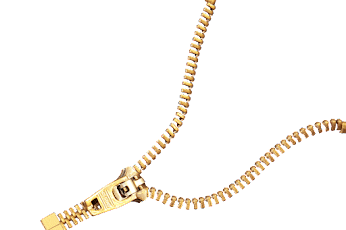Myths about teaching can hold you back
- Year 6
How can textiles become more sustainable?
In this lesson, we will learn how people have become mass consumers of 'fast fashion'. You will also learn about how attitudes to fashion are changing to be more environmentally friendly. Please note this lesson will require some additional equipment, beyond a pen, pencil or paper, to fully participate. Please see the equipment slide near the start of the lesson video and make sure your child is adequately supervised if equipment is required.
- Year 6
How can textiles become more sustainable?
In this lesson, we will learn how people have become mass consumers of 'fast fashion'. You will also learn about how attitudes to fashion are changing to be more environmentally friendly. Please note this lesson will require some additional equipment, beyond a pen, pencil or paper, to fully participate. Please see the equipment slide near the start of the lesson video and make sure your child is adequately supervised if equipment is required.
These resources were made for remote use during the pandemic, not classroom teaching.
Switch to our new teaching resources now - designed by teachers and leading subject experts, and tested in classrooms.
Lesson details
Key learning points
- work confidently within a range of contexts, such as the home, school, leisure, culture, enterprise, industry and the wider environment
- carry out research, using interviews and questionnaires
- consider the views of others, including intended users, to improve their work
Equipment
Existing textile products for investigation and deconstruction, selection of fabrics, pins, needles, thread, measuring tape
Content guidance
- Equipment requiring safe usage.
Supervision
Adult supervision recommended
Licence
4 Questions
Q1.Which is the correct spelling?
Q2.True or false, synthetic fibres are man-made?
Q3.What is this fastener called?


